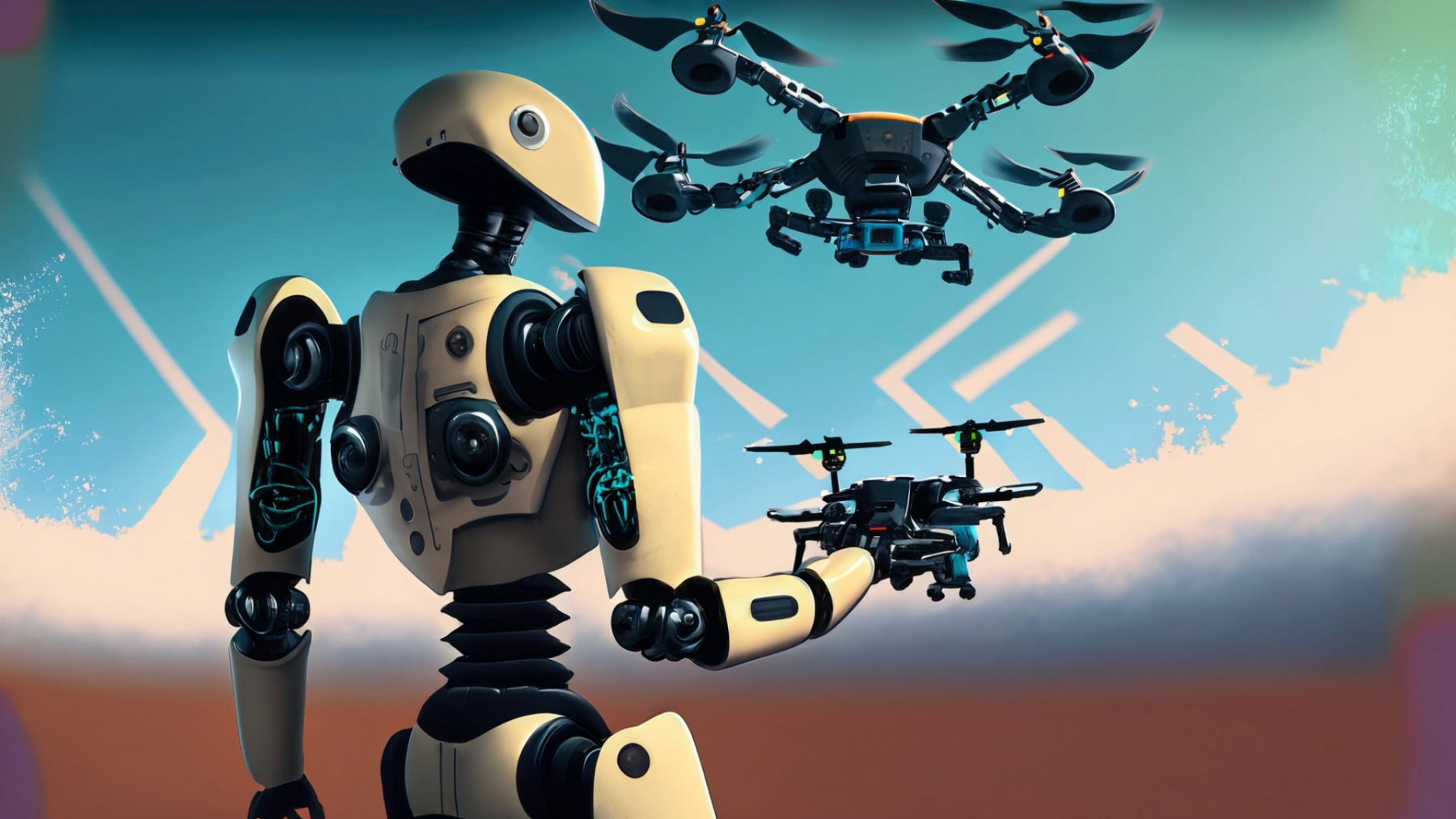
Coding a Drone to Fly on Mars: Three More Complex Missions! (2 of 2)
by Rob Lynch
On the second day students use more complex coding, the built in camera for taking pictures and experience FPV. It has 3 missions total in this lesson. This lesson also uses yaw to keep the camera facing towards objects.
Lesson Plan Link/URL
https://docs.google.com/presentation/d/17Zjoe1MfpC1bnOcSXnc1mA0zpbeYReNw/edit?u…Subject Area
Science Physical Science P2: Objects at a Distance P3: Net Force Technology 1. Empowered Learner 3. Knowledge Constructor 4. Innovative Designer 5. Computational Thinker Engineering S2: Apply the Engineering Design Process Mathematics Measurement and Data (MD)
Featured
Off
Related Content

Grades:
4th Grade, 5th Grade, 6th Grade, 7th Grade, 8th Grade
A 4-8 grade STEM lesson 4 of 4 skills improvement and evaluation. Career outlook for UAV/Drone Pilots, paths to becoming a commercial drone pilot. A review of flight dynamics, and the steps that had

Grades:
5th Grade, 6th Grade, 7th Grade, 8th Grade
This lesson is lesson 3 of 4 so it is designed to be used in conjunction with the two previous lessons. The students will continue using their newly acquired drone flying skills with both DroneBlocks

Grades:
3rd Grade, 4th Grade, 5th Grade, 6th Grade, 7th Grade, 8th Grade, 9th Grade, 10th Grade, 11th Grade, 12th Grade
In this hands-on lesson, students use the engineering design process (EDP) to create a prototype of a device that can prevent squirrels from accessing a bird feeder. This is a great way to integrate